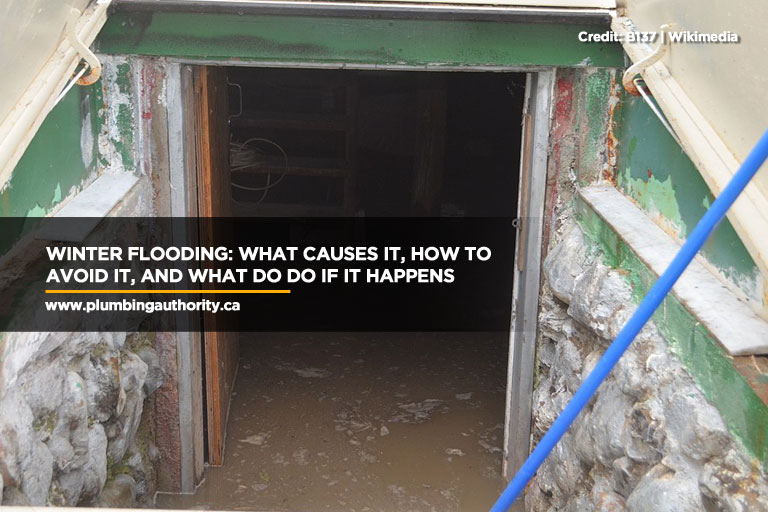
For some people, floods are something for spring and summer when there’s more water available, not in winter when it’s dry and cold. However, the truth is that flooding is a year-round plumbing issue; if anything, it’s not surprising that flooding can happen in winter when you consider the heavy snowfall, rapid snowmelt, and heavy rains.
Winter flooding can be a significant problem, especially if your area is prone to flooding. Residential and commercial plumbing services can help you, but there are some steps you can take to give them a helping hand. One way to help get ready for any problem is to inform yourself.
Here are some things you need to know to help prepare and avoid the worst of it.
Causes
Floods can have several causes. Knowing what’s behind a flood can give you great insights into what signs to look for and how to prepare. Here are some common reasons behind flooding to help you get ready.
*Snowmelts – Winter naturally brings with it snow. Typically, it should be cold enough that the snow stays solid. However, some days can get warm enough that the snow starts to melt, leaving it nowhere to go but away. Water naturally flows down the path of least resistance, which typically means your basement, leading to basement flooding. Snowmelt can be especially tricky to deal with as it doesn’t always flow down the same paths as rainwater.
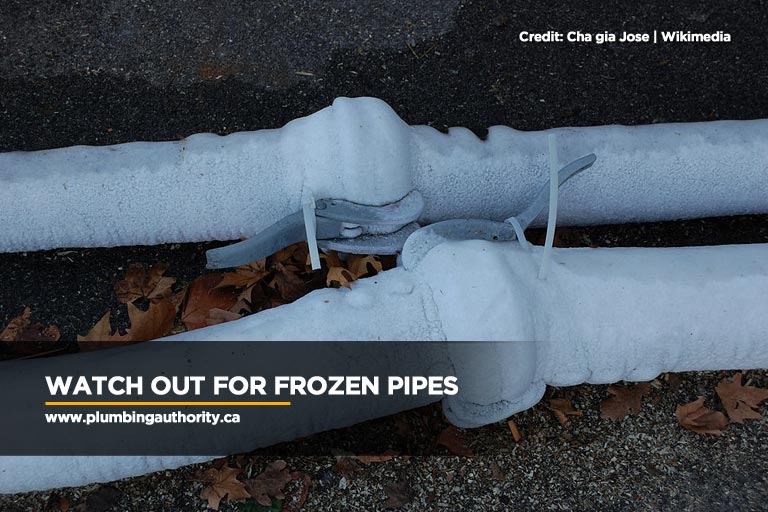
*Frozen pipes – One hazard of winter is the water freezing in your pipes. Water expands as it freezes, which can cause a buildup of pressure until the pipes burst. The problem may not be noticeable right away, but if it gets warm enough for snow to melt, the pipes can start to leak.
*Ice dams – When snow builds up on the roof, heat from inside the house can still affect it. Heat naturally rises, where it collects in the attic, where it can melt any snow resting on the roof. The snow may not have anywhere to runoff, so it collects under roof shingles, where it gets stuck in a cycle of melting and freezing.
*Cracks in the walls – As homes get older, they can start showing their age (e.g. developing cracks in the walls). These cracks can be entry points for water to seep in, especially in case of heavy rain or snowmelt. Improper sealing is a similar problem. Concrete is a porous material, so water can seep through it without the proper care.
*Sump pump failure – In case of basement flooding, many homes have had sump pumps installed to help pump away rain or groundwater that makes its way to the basement. However, sometimes the sump pumps fail, allowing water to build up over time.
How to Prepare
Now that you’re aware of some of the potential causes behind a flood, you know how to address the issues to avoid flooding in the future. Use these methods to prepare your home in case of the worst. In many cases, water tends to collect in the basement, so focus your efforts there to ready the most vulnerable part of the house.
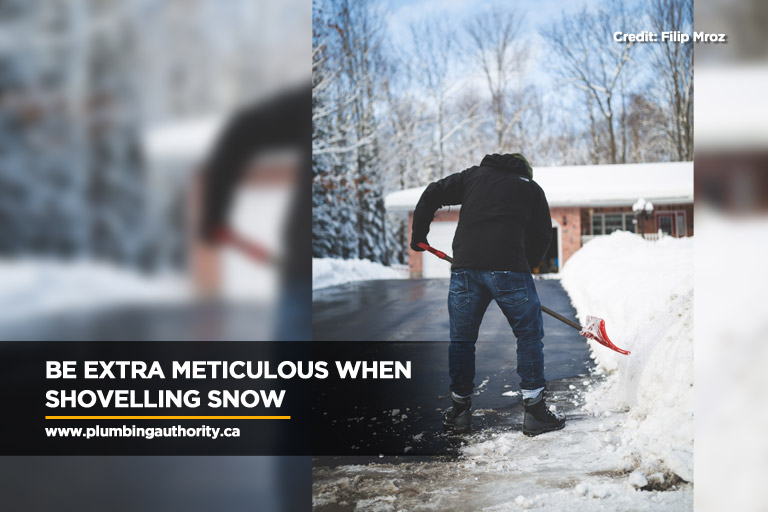
*Shovel your snow away – Shoveling snow is a regular chore in winter, but it’s especially important when you live somewhere prone to heavy flooding. Clear away any snow that’s built up around the house’s foundation. In case of snowmelt, this snow is most likely to seep into the basement. If there’s any buildup of ice at the base of the house, break it up as well to minimize the flood risk.
*Clear snow from the roof – Keeping your roof clean is key to avoiding ice dams that could divert water into the ceiling and attic. Use a roof rake for the job (a specialized tool that avoids damaging the roofing material). Another thing you can do is install an ice and water protector to protect the more vulnerable areas from water damage.
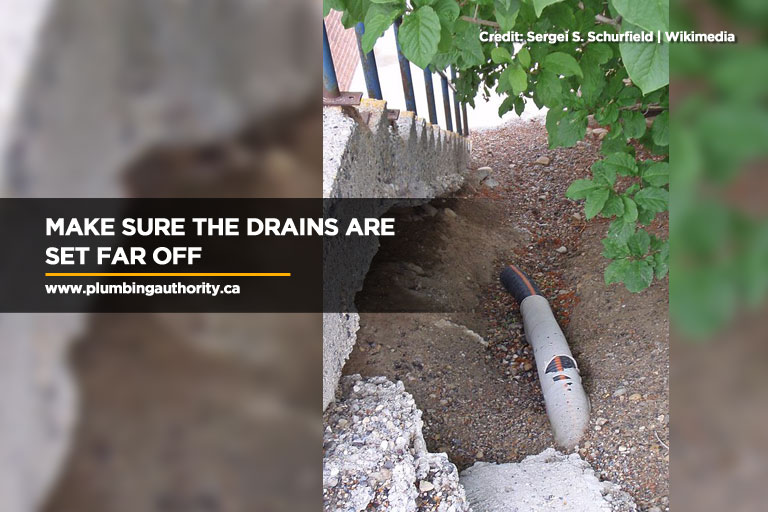
*Inspect your drains – It can pay to have a look around the house to ensure all your drains work as they should. Check your catch basins and downspouts and ensure they stay clear to facilitate draining. For downspouts, make sure they extend at least two meters away from your foundation so they can channel water far enough away.
*Prepare your basement walls – Take a look around the basement to see if there are any cracks; pay close attention to the foundation walls. Cracks are vulnerabilities that could let water in, so seal any cracks immediately to deny water any entry points. If your home is prone to flooding, consider applying a waterproof sealant to the exterior foundation to keep more water out.
*Test the sump pump – Your sump pump can be a lifesaver if a flood does occur. Inspect your sump pump now to ensure that it’s working properly before you need it. For extra protection, make sure it has a battery backup so it can keep working in case of power failure.
Just in Case
It’s important to take steps to prevent flooding, but sometimes a flood is unavoidable. In that case, there are some things you can do during a flood to make yourself flood ready.
*Be prepared to move – Water tends to flow downward and eventually collects at the bottom of depressions (e.g. at the bottom of a hill). When a severe flood is forecasted, it’s a good idea to prepare to move to higher ground. At a higher elevation, you’ll be above the water so that you can avoid the worst of the flood.
*Secure your valuables – Water damage can happen to your belongings, including your valuables (e.g. documents, heirlooms, and gadgets). For their safety, take your essentials to the highest level of the house to keep them away from water. Some essentials are too big to carry (e.g. furnaces and water heaters), so anchor them to the floor to avoid them falling over.

*Turn off your power – In case of a flood warning, it’s safest to turn off your electricity, water, gas, and furnace at the source. Disconnecting all the utilities is vital to minimizing damage from the flood. Speaking of power, be prepared for power outage; floods can damage power lines and cut off electricity to your house.
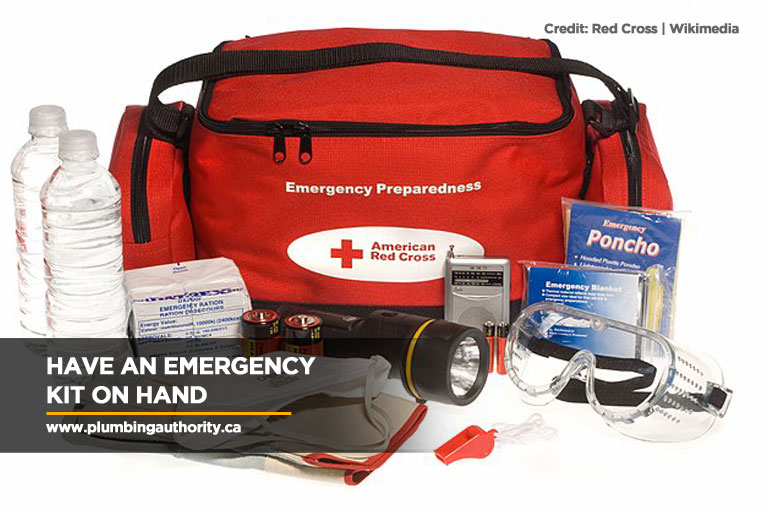
*Prepare an emergency kit – Take some time to prepare an emergency survival kit. Having one on hand can make a difference in case of severe flooding. Make sure the kit contains essentials for everyone in the household. Some things to bring include water, non-perishable food, a flashlight, extra batteries, and a first-aid kit.
When it comes to plumbing emergencies, speed is key. At Plumbing Authority Inc., we provide a quick response when you have emergencies that need fixing. Our team is trained and experienced in dealing with a range of plumbing problems, from fixing leaky pipes to waterproofing your home.
Call us at (647) 992-7473 or visit our contact page. We’ll be there for you!




